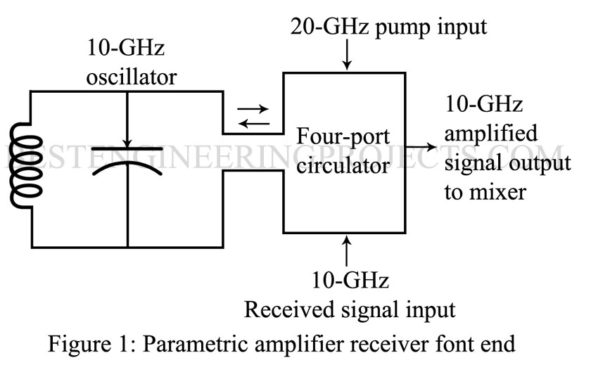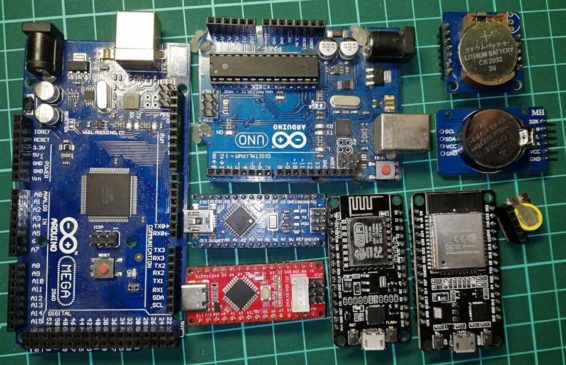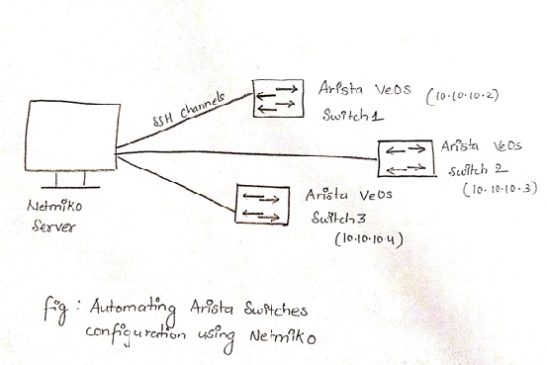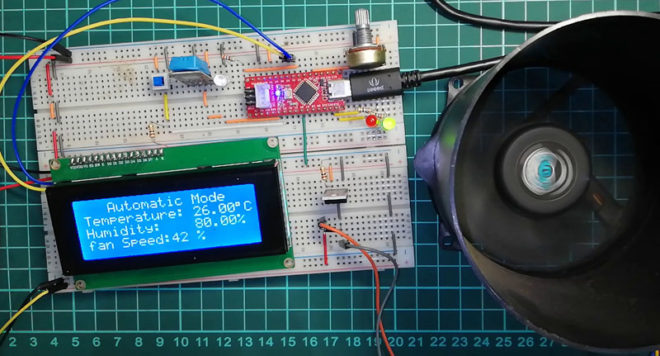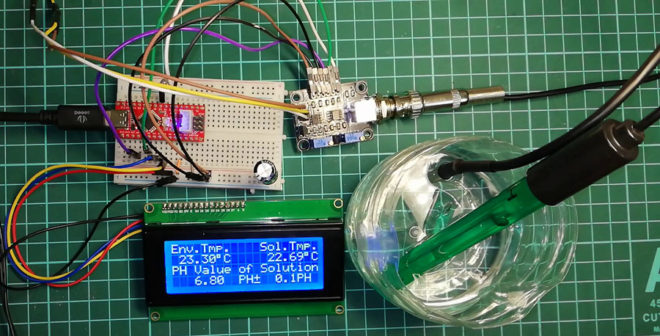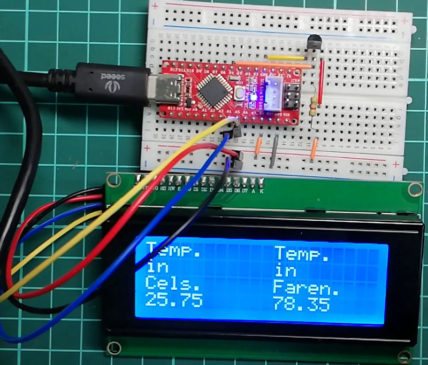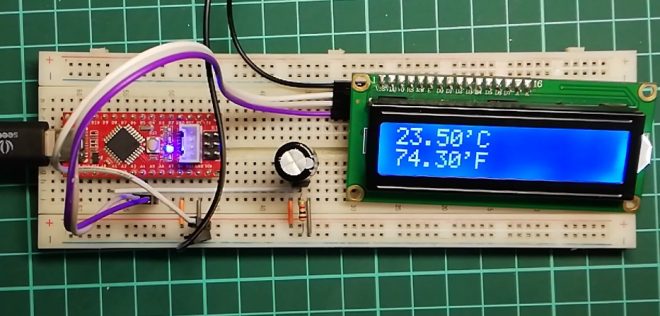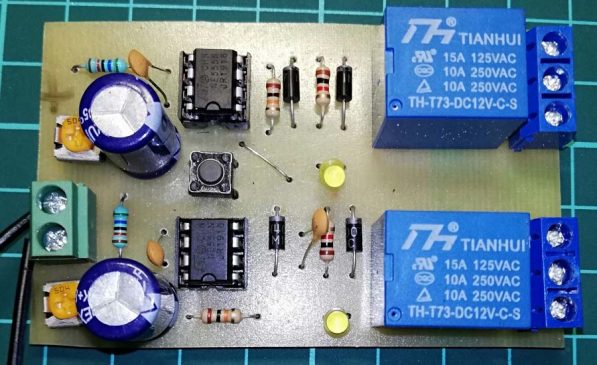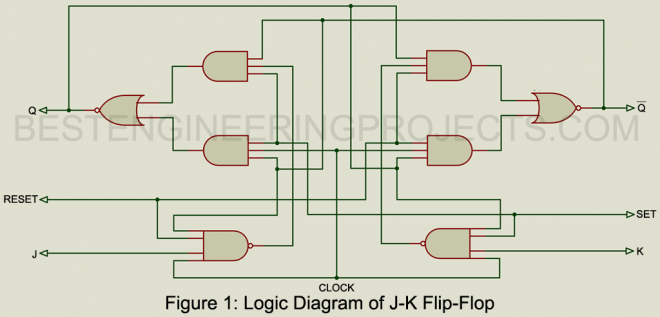A parametric amplifier provides amplification via the variation of a reactance. This reactance is a parameter of a tuned circuit – thus the amplifier’s name. Consider a LC tank circuit that is oscillation at some microwave frequency. If the capacitor’s plates are pulled apart at the instant of time that the voltage across them is maximum positive, work has been accomplished. Since the capacitance, C, has been decreased and the charge, q, must remain the same, the voltage across the capacitor, V, must have been increased since V = q/C.…
Read MoreHow to interface RTC module with Arduino and ESP Board
Here in this article, you will learn about the RTC module and how to interface this module with Arduino and ESP boards like Arduino MEGA, Arduino UNO, Arduino NANO, ESP32, Node MCU, and Arduino NANO. How to interface RTC module with Arduino and ESP Board RTC acronymic for Real-Time Clock is an electronic Integrated Circuit (IC) that keeps track of time around the clock. It is more like a computer clock where once we set it up gives us accurate time even after the power outage. Before we delve into…
Read MoreTen Reasons Why You Should Make a Career in Cyber Security
With the increased rate of cyber-attacks, cyber security has become a vital element in most organizations across the world. It is now a key area for job opportunities, as many organizations are looking for experts to help them secure their data. If you have second thoughts as to whether to pursue a career in cyber security, this article will help you make up your mind. Ten reasons why you should make a career in cyber security: 1. Cyber security is an Evergreen Industry In this ever-developing technology time, the internet…
Read MoreMonitor Changes in Network Switches using Python
Monitor Changes in Network Switches using Python: Majority of the network failures are the results of either wrongly configured network devices or sudden changes in their network configuration, it shuts down the entire network or slows down the network performance. If someone breaks in and changes the configuration of the devices, network operators won’t notice until the network shows issues. And to solve these issues, if network administrators go on to manually track those changes in every single network device, it will take forever to check in a bigger network…
Read MoreAutomatic and Manual Temperature Control unit
Automatic and Manual Temperature Control unit: Automation have reached almost everywhere whether it is home automation or agriculture field. Automation system collect different parameter such as temperature, humidity etc. in real time basis and keep control of fan, moist control etc. But sometime we need manual control over various actuator or load like motor, fan etc. wither testing of load or when automatic system does not work. This project is the modified version of Arduino Based Temperature Controlled Fan. Manual mode is also considered as backup mode with which we…
Read MoreArduino PH Meter using PH Sensor
PH is a scale with which we can determine whether the water-based solution is acidic or basic. PH is represented as the power of hydrogen or the potential of hydrogen (Source: Wikipedia). With the help of electrodes, we can measure PH of solution electronically which could be more beneficial to measure and automate PH of the aquarium, or hydroponic or aquaponic. So, in this article, we will learn How to make Arduino PH Meter. After completing this video one can Know about electrode and their working method Calibrate the module…
Read MoreInterfacing DS18B20 Temperature Sensor with Arduino
Interfacing DS18B20 Temperature Sensor with Arduino: This article is all about DS18B20 and its interfacing with arduino. DS18B20 comes in two variants: Normal and waterproof version. Normal version is available TO-92 and uSOP. Let’s start with introduction. Description of DS18B20 It is digital programmable temperature sensor based on one wire communication i.e. it requires only data line and common GND. Power supply is optional because this sensor can drain require power supply from data line and this mode called parasite mode. DS18B20 can provide different temperature resolution is 0.50C, 0.250C,…
Read MoreLM35: How to get Stable Temperature Reading
One of the most common analog temperature sensors used for temperature monitoring and controlling is LM35. According to the manufacturer, LM35 is a precise centigrade temperature sensor, but the reality is a bit different when we directly wire this sensor with Arduino. There are various reasons for fluctuation in output. Here in the article ” LM35: How to get Stable Temperature Reading” we will address almost all the reasons and solving one by one. But before that let’s see how this sensor work. Basic Working of LM35 According to the…
Read MoreAdjustable Dual Timer Circuit using 555 Timer IC
Timer IC 555 is one of the most versatile and most used IC because of it’s much more application like PWM amplifier, delay timer, switching circuit, duty cycle selector, clock pulse generator etc. This can also be used in various application like accurate timing, sequential timing, time-delay generation etc. The project Adjustable Dual Timer Circuit using 555 Timer IC is also one of the applications of 555 timer IC. By using this project one can switch two different appliance one after another for adjustable timing (1 Minute to 10 minutes).…
Read MoreJ-K Flip-Flop | Dual | Master Slave
In this article, we will analyze different types of JK Flip Flip IC like dual type and Gated Master Slave JK Flip Flop, its key parameters, applications, and comments. Description of J-K Flip Flop The J-K flip flop and the type D flip flop described in the previous pages are the most popular and widely used types of Flip-Flips. The main difference between them is the J-K terminals replace the D-input. As illustrated in the logic diagram of figure 1, the J-K Flip-Flip requires more logic elements but also can…
Read More